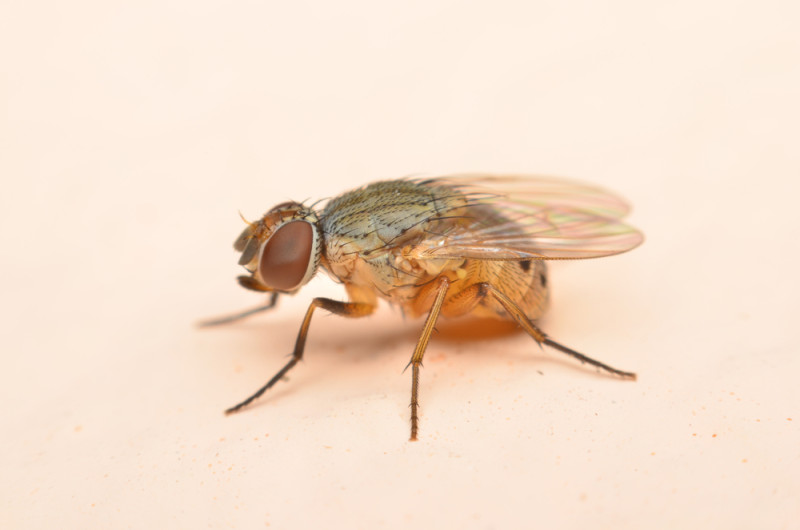Every picnic or summertime dinner ends up the same way. You are simply enjoying your meal when suddenly your plate is swarmed by disgusting buzzing houseflies. They perch on your hair, and they land on your food.
What is a person to do?
Have you ever wondered what a fly does when it lands on food? It turns out there is a reason we often shoo them away quickly.
In a personal survey performed by Orkin, 300 participants were asked which of the following pests would make them stop eating if they saw it in a restaurant.
- Rodent
- Cockroach
- Fly
- Ant
- Snake or Gecko
I picked cockroach (yuck) and so did the majority of the participants at 61%. Flies only received 3% of the vote, and it is easy to see why.
Flies are everywhere, and they land on everything. We have become used to their bothersomeness and pass them off as a minor annoyance. However, they are much more dangerous than we give them credit for.
Flies commonly carry over 200 different forms of hazardous bacteria on their bodies. OVER 200!!! (Source)
“Many restaurant patrons may not be aware that houseflies are twice as filthy as cockroaches,” Orkin entomologist and Technical Services Director Ron Harrison, Ph.D., said in an e-mailed statement announcing the results of the survey. “It is important that everyone understands the magnitude of the health threats flies pose so that he or she can help prevent the transmission of dangerous diseases and bacteria.” (USA Today)
But how exactly do flies carry this bacteria?
Most of us have the general idea that flies throw up on our food. This is true to a point. Flies cannot chew food, so they eject digestive enzymes onto what they want to eat. When everything is nice and soft, they then slurp it up. (Sorry for the visual.)
As gross as this sounds, this is not how bacteria is transported — That happens when a fly lands on something.
The legs and body of the fly are covered with tiny little hairs. It is these hairs that transport the diseases.
“They only need to touch your food for a second for their legs or the tiny hairs all over their bodies to transfer germs from all those nasty things they eat onto what you are eating. And since flies can transfer serious, contagious diseases like cholera, dysentery, and typhoid, it is probably best if you avoid eating things that a fly lands on.” (Test Tube)
Once one thinks about it, this totally makes sense. Take a second to think about what flies like to land on. Dead things, poop, rotting food, dumpsters.
So next time you see a fly about the house, kill it quick. You might be preventing your family from getting sick.
To learn more about the disgustingness of flies, take a look at the video below!
(h/t: Test Tube)



